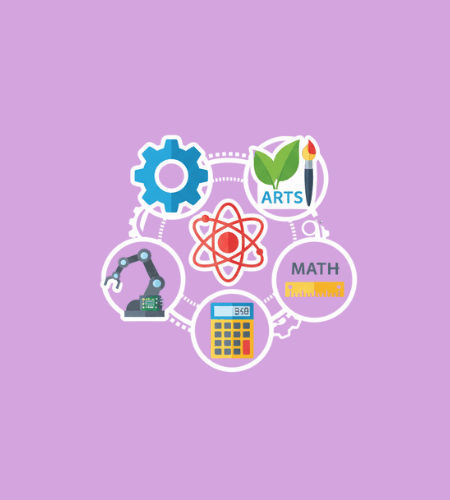Every year on November 8, STEM/STEAM Day invites people of all ages to celebrate how science, technology, engineering, the arts, and mathematics shape everyday life—sparking curiosity, hands-on creativity, and big “what if?” thinking in classrooms, homes, libraries, and museums across the country.
Table of Contents
History of STEM/STEAM Day
STEM/STEAM Day emerged in the mid-2010s to spotlight engaging, real-world learning that blends technical know-how with design and creativity. The date—November 8—caught on because “Nov 8” sounds like “innovate,” a playful reminder that discovery thrives when disciplines mix.
Many education groups note that the observance was founded in 2015 with a special emphasis on opening doors for underrepresented learners, encouraging participation across gender and background. The goal was simple: make exploration feel welcoming, relevant, and fun so more students see themselves in these fields.
Why is STEM/STEAM Day important?
STEM/STEAM thinking powers the tools, services, and art used every day. From medical devices and clean energy to animation and app design, the fusion of logic and creativity helps solve real problems that touch communities everywhere.
The day also spotlights equity. When more learners gain access to high-quality STEM and arts experiences, society benefits from a wider range of ideas, perspectives, and innovations—fueling a stronger, more adaptable workforce for the future.
- It makes complex ideas feel approachable and hands-on.
- It shows how art and design improve technology people use daily.
- It highlights career paths many students haven’t seen up close.
- It encourages teamwork, problem-solving, and communication.
- It helps close opportunity gaps by inviting everyone to participate.
How to Celebrate (or Observe) STEM/STEAM Day
Plan something learners can touch, test, and tweak. Try a mini-design challenge, code a simple animation, build a bridge from everyday materials, or remix a song with math-driven patterns. Keep it playful so experimentation feels safe.
Connect the dots to real life. Invite a guest from a local lab, startup, library, or makerspace; explore how artists use circuits and sensors; or take a nature walk with a sketchbook and a measuring tape to blend observation with data.
- Host a “paper-only” engineering build to lower costs and boost creativity.
- Code a tiny story or game that reacts to user choices.
- Sketch a data-inspired artwork using patterns, symmetry, or sound waves.
- Use recycled materials to prototype a product that solves a home or school problem.
- Share projects in a hallway showcase or community night to inspire others.
STEM/STEAM Day Dates Table
| Year | Date | Day |
|---|---|---|
| 2025 | November 8 | Saturday |
| 2026 | November 8 | Sunday |
| 2027 | November 8 | Monday |
| 2028 | November 8 | Wednesday |
| 2029 | November 8 | Thursday |
Subscribe to our newsletter and never miss a holiday again!

